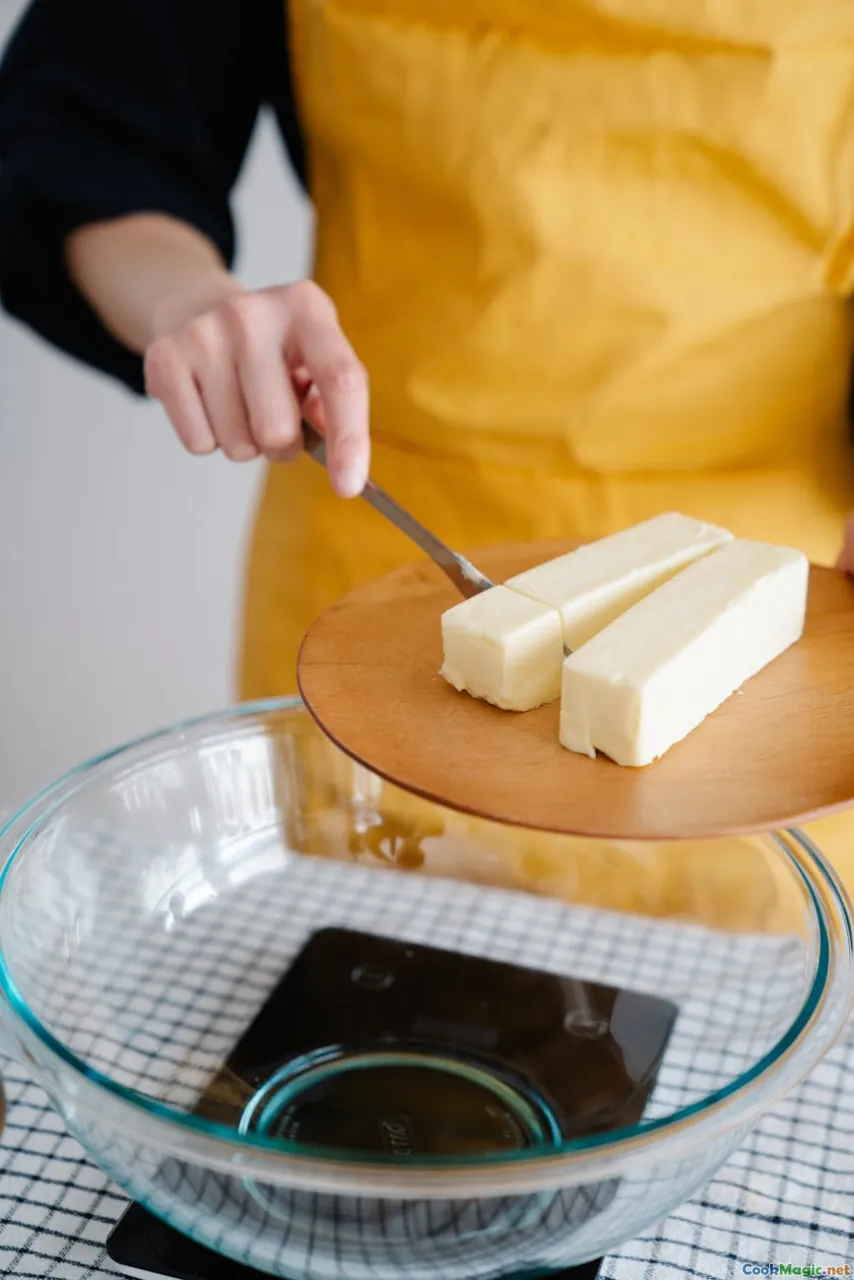How to Use Kitchen Scale for Accurate Baking
8 min read Master the art of precise baking by learning how to effectively use a kitchen scale for consistent, delicious results every time. April 21, 2025 07:00
How to Use Kitchen Scale for Accurate Baking
Imagine biting into a perfectly crumbed, flaky croissant or sinking your teeth into a decadent chocolate tart with a crisp, buttery crust. Achieving such culinary perfection isn't just about skill or recipe familiarity; it hinges heavily on precision. In the world of baking, accuracy in measurement is the silent hero behind consistently delightful results. While measuring cups are traditional and convenient, the humble kitchen scale has become an indispensable tool for bakers who seek perfection.
The Power of Precision in Baking
Baking is often described as a science, a harmonious blend of ingredients, ratios, and timing. Unlike cooking, where a pinch of this or a splash of that can be adjusted on the fly, baking demands exactness. An extra gram of flour or a slightly over-extended baking time can transform a light sponge into a dense brick or a runny custard into a burnt mess.
Culturally, the importance of precise measurement varies. For example, French pâtissiers rely heavily on weight measurements for their delicate pastries, while traditional American recipes might still lean on volume. However, in recent decades, the culinary world has shifted towards metric precision, recognizing that weight offers unparalleled accuracy.
Why Use a Kitchen Scale?
1. Accuracy and Consistency
Using a scale ensures every batch of cookies, bread, or cake has the same proportions, leading to predictable, professional results.
2. Eliminates Variability
Measuring by volume can be affected by ingredient density, how firmly ingredients are packed, and even regional differences in ingredient size. A scale removes these variables.
3. Saves Time and Waste
While it might seem counterintuitive, weighing ingredients reduces the need for multiple attempts. You get it right the first time, reducing waste and frustration.
4. Better for Precision Dieting
For health-conscious bakers, accurately measuring ingredients like sugar, flour, and fats supports better nutritional control.
Choosing the Right Kitchen Scale
Before diving into the 'how,' selecting the right tool is crucial.
- Size and Capacity: For most baking needs, a scale with a capacity of 11 pounds (5 kg) is sufficient.
- Digital vs. Mechanical: Digital scales are more precise, easy to read, and often come with tare functions. Mechanical scales have a vintage charm but may lack the precision needed.
- Readability: Look for scales with at least 1-gram or 0.1-ounce accuracy.
- Surface and Portability: Flat surfaces are easier to use; consider a compact design if space is limited.
How to Use Your Kitchen Scale Effectively
Step 1: Place the Scale on a Flat, Stable Surface
Ensure your scale is on a level surface to avoid inaccurate readings. A cluttered or uneven countertop can skew measurements.
Step 2: Zero or Tare the Scale
Most digital scales have a tare button. Place your mixing bowl or container on the scale, press tare, and it resets the weight to zero. This allows you to measure ingredients directly into your chosen vessel without manually subtracting the container's weight.
Step 3: Measure Ingredients with Precision
- Dry Ingredients: Spoon ingredients lightly into the bowl to avoid packing, then level off with a straight edge for accuracy.
- Liquid Ingredients: Pour slowly, watching the digital readout to avoid overpouring.
- Small Quantities: For tiny measurements like baking powder or vanilla extract, use a micro-scale if available, or measure carefully with a spoon and convert to weight.
Step 4: Use the Tare Function Frequently
When measuring multiple ingredients in the same bowl, tare after each addition to keep the process clean and precise.
Step 5: Switch to Metric or Imperial
Set your scale to the preferred measurement system based on your recipe or regional standards.
Tips for Perfect Baking with a Scale
- Invest in Quality: A reliable, accurate scale minimizes errors.
- Calibrate Regularly: Follow manufacturer instructions to ensure consistent accuracy.
- Use a Flat, Non-Slip Surface: Prevent accidental tipping.
- Handle Ingredients Properly: Avoid packing flour or tapping the container excessively, as this can lead to over-measurement.
- Keep It Clean: Wipe down after use to prevent residue buildup.
Personal Reflections and Anecdotes
I recall my first experience with a digital kitchen scale during my pastry apprenticeship. At first, I was skeptical—how much difference could a few grams make? But once I baked a batch of scones, adjusting the flour slightly based on weight rather than volume, the results were astonishing. The scones became tender, with a perfect crumb, and the flavor was more vibrant.
From that day, I embraced precision, and my confidence in baking soared. Whether it's a delicate macaron or a rustic sourdough loaf, weighing ingredients has become my secret weapon for culinary consistency.
Cultural Perspectives and Innovations
Across the globe, baking traditions have evolved with technology. In Japan, precise measurement is a cornerstone of their meticulous pastry craftsmanship. In France, professional pâtissiers swear by their scales for creating artful desserts. Meanwhile, modern apps and smart scales now sync with smartphones, offering recipes and measurement guidance, bridging tradition with innovation.
Final Thoughts: Elevate Your Baking Game
Using a kitchen scale might seem like a small change, but it unlocks a world of baking mastery. It transforms a casual kitchen experiment into a professional craft, where each ingredient plays its part in harmony. So, invest in a good scale, embrace the precision it offers, and watch your baking rise to new heights—crisp, tender, and utterly irresistible.
Remember, in baking, as in life, accuracy isn’t just a technique; it’s a pathway to culinary perfection. Happy baking!









